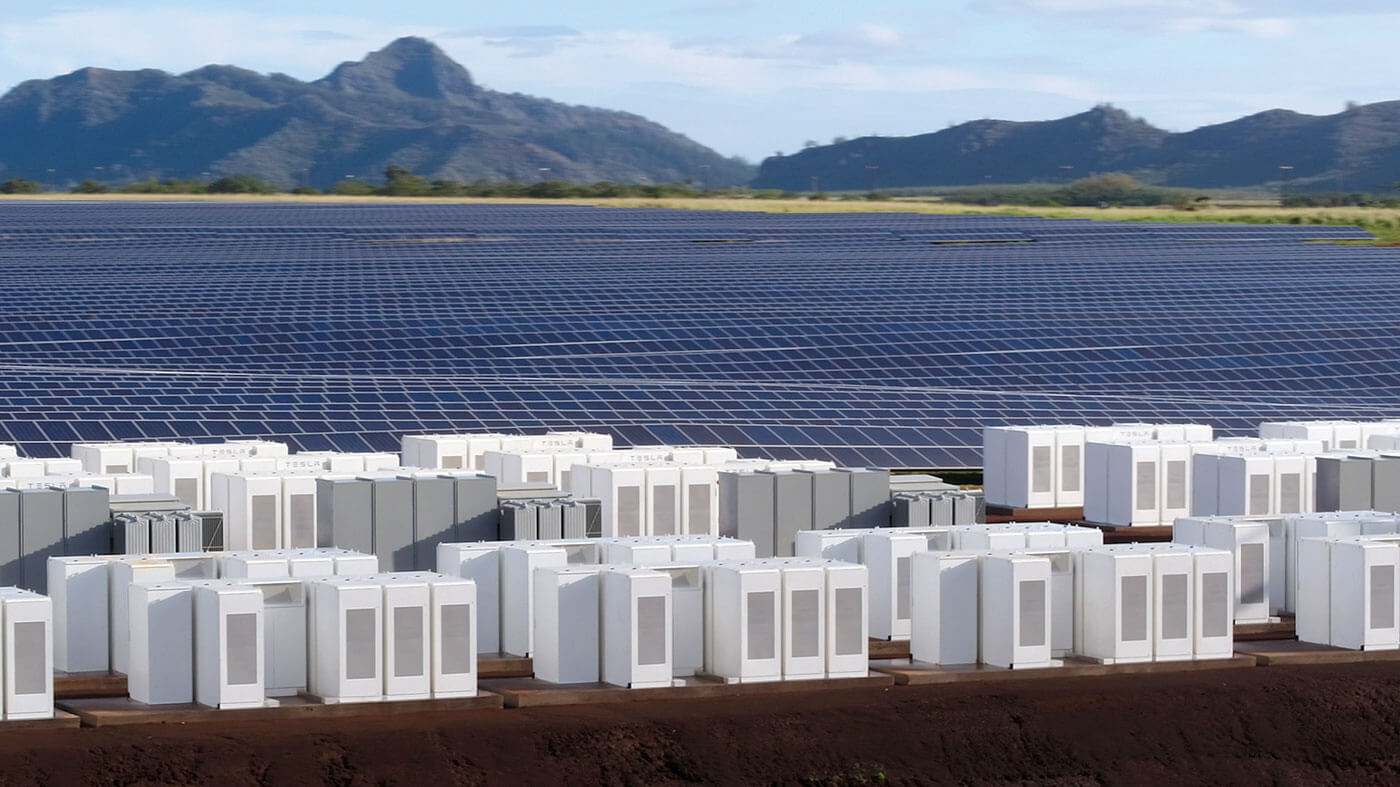Nepal turns to solar and batteries to meet peak demand

Nepal’s planners have always faced an uphill task in ensuring energy self-sufficiency. The main issues in the past have been politics, the absence of a strategic vision, and policies that forced the country to suffer chronic power cuts. But the country has a new beginning with a new government that has promised political stability and economic prosperity.
The other challenge is an engineering one. Nepal may have one of the highest per capita hydropower potential, but most of the total 1044MW capacity today comes from run-of-river plants which depend on the water flow to turn turbines, and not from reservoirs that can store monsoon water for the dry season.
This means the country suffers from shortfalls in production during winter when peak demand is highest. There are also the daily peaks in the mornings and evenings that need to be covered by Nepal’s only storage dam, the 92MW Kulekhani cascade. Currently, Nepal meets nearly all its peak demand by importing coal-fired electricity from India.
Peak load demand is traditionally met with electricity from hydropower reservoirs or power plants burning fossil fuels. But as countries try to meet carbon emission targets, there is pressure to adopt solar and other renewable energy sources to meet gap.

This is precisely what the Dolma Himalayan Climate Fund (DHCF) is trying to do with its proposal to generate 150MW of solar power and store 20MW of it in battery systems to meet Nepal’s seasonal and daily peaks.
Called Peak Energy Management (PEMa) System, the first phase of the project got approval from the Investment Board Nepal (IBN) last week to ‘time-shift’ daytime solar generated power to help meet evening peak demand, and also store surplus hydroelectricity generated during the night to partially meet the morning peak demand.
Such generation and storage of solar power would have been prohibitively expensive till even two years ago. But the cost of storing energy in batteries dropped to less than $200/kWh from $1,200/kWh ten years ago. The price of photovoltaic cells have similarly plummeted to only $60/MWh compared to $400/MWh in 2008.
The other advantage is that a project of this scale can be up and running within two years compared to the decade that it will take for Nepal’s next big reservoir projects like Budi Gandaki and Tanahu. Solar is also much more ecologically benign. There is a neat fit: Nepal’s peak demand is in winter when solar generation is highest because of cloudless skies.
“We are not trying to replace hydro with solar, we just want a flexible and reliable system to meet peak demand by complementing hydropower,” explains Mike Winkel, Director of the Dolma Himalayan Climate Fund, an offshoot of the Dolma Impact Fund, the first international private equity fund for Nepal which has investments in the hydropower, technology, agriculture and health sectors.
The Dolma Group was set up by Tim Gocher, a finance executive and professor specialising in energy. (Read interview, and watch Nepali Times Studio on our YouTube Channel.)
“The project is not going to replace hydro by any means, but solar does give Nepal another energy option which should directly offset some of the imports from India,” Gocher told Nepali Times.
The PEMa serves the same purpose as a storage dam to cover peak winter demand, but unlike reservoirs it can be completed in two years, and can be quickly upscaled to 850MW in the second phase. This makes business sense because Nepal’s electricity demand is expected to grow at 7% per year, while peak deficit will continue for another ten years until the big dams come online.
“It will buy Nepal time with short-term supply of power to meet peak time deficits,” says Sandip Shah, Managing Director of DHCF, an energy specialist who was formerly with the Norwegian SN Power.

“My entire career has been with hydropower, and I have always grappled with making Nepal self-reliant in meeting daily and seasonal peak power deficits. With prices of solar and battery coming down, the technology is finally there to make Nepal energy independent,” explains Shah.
When it comes into operation, possibly by 2020, PEMa will be one of the first utility scale battery operated grid power plants in the region, and it will immediately reduce Nepal’s power import bill as well as carbon footprint which has doubled due to the current import of coal-fired energy from India.
At the Investment Board Nepal, CEO Maha Prasad Adhikari is also excited about the venture. “This is an innovative way to improve Nepal’s energy mix, and can support our peak-time and dry season demand within a short timeframe.”
The Dolma Impact Fund will also be building on its investments in Nepal’s hydropower, that include the 28.1MW Lower Likhu project in Okhaldhunga and the 6.4MW Suri Khola Project in Dolakha into which the Fund has injected $4.5 million and may invest more in hydropower or other solar projects.
Winkel used to be with the global energy giant E.ON managing 60,000MW grids, and says PEMa is trying to find the optimal technology to meet the shortfall in Nepal’s peak energy supply. He adds: “Making renewable energy competitive has driven me for many years, and PEMa makes this vision a reality by combining state-of-the-art power generation and storage technologies to deliver clean, secure and competitive electricity for Nepal.”
Read also:
How they kept Nepal in the dark ages, Ramesh Kumar
Storing water, Bishal Thapa
Cloud with a dark lining, Om Astha Rai
writer
Kunda Dixit is the former editor and publisher of Nepali Times. He is the author of 'Dateline Earth: Journalism As If the Planet Mattered' and 'A People War' trilogy of the Nepal conflict. He has a Masters in Journalism from Columbia University and is Visiting Faculty at New York University (Abu Dhabi Campus).




